Commentary: Naloxone education can save lives
Published in Op Eds
“I can save someone’s life during an overdose.”
This is a statement we believe all students should be able to make by the time they graduate from high school. That’s why we — an undergraduate student and emergency physician — co-founded the Naloxone Education Initiative, with the mission of expanding opioid and naloxone education into high schools.
As a part of this initiative, we developed a curriculum that has been endorsed by 14 harm reduction and health organizations in Massachusetts and across the United States. To date, we have delivered this training to more than 500 students, with plans to reach more than 1,000 others in the upcoming months.
Our 20-minute training includes an overview of the opioid crisis, as well as instruction in how to recognize the signs of an opioid overdose and how to respond using naloxone, a medication that can immediately reverse an opioid overdose. We also tell students where they can find naloxone in their communities and explain medical amnesty policies which protect people who administer naloxone or call 911 to save someone’s life during an overdose.
Since 1999, more than one million people in the United States have died from drug overdoses, with opioids accounting for 72% of these deaths. One of the approaches to addressing this crisis is a set of public health strategies known as harm reduction, which focuses on keeping individuals safe while using substances and providing non-judgmental care, rather than requiring abstinence.
A significant breakthrough for overdose prevention occurred in March 2023, when certain formulations of naloxone became available as an over-the-counter nasal spray. While this greatly increased the accessibility of the drug, mere availability does not ensure that it is used, due in large part to the stigma surrounding opioid overdose.
The prevalence of this stigma among youth, especially, has contributed to an alarming rise in adolescent overdose deaths. In 2022, an average of 22 high school-age adolescents died each week from overdoses, primarily due to fentanyl-laced counterfeit pills. A bystander was present during 67% of teenage overdose deaths between 2019 and 2021, but naloxone was only administered in 30% of cases.
In looking at this data, we realized that countless young lives could be saved if youth are equipped with the knowledge and skills to administer naloxone. But while naloxone training programs have been piloted in various community settings, most schools have yet to incorporate this curriculum.
Through our initiative, we have reached classrooms across Massachusetts, including public, private and charter schools in both urban and rural communities, with varying demographics and overdose rates. After each training, we collect feedback from students on our presentation.
The feedback so far has been overwhelmingly positive. Students have reported finding the training informative, interesting, and easy to understand. Those who had previously witnessed an overdose and were unsure how to respond said they felt more confident in their ability to take action. And many students now feel empowered to get involved in advocacy efforts at their school to help make this education standard.
Our curriculum was developed in collaboration with Stepping Strong Center for Trauma Innovation, The Naloxone Project and community partners and instructors who provided valuable feedback. The Drug Policy Alliance and Prevention Education Partnership have created similar curricula surrounding harm reduction.
We also helped craft a Massachusetts bill, H.530/ S.382, which will require opioid and naloxone education in the health curriculum across all Massachusetts high schools. Similar bills have previously passed in Texas and Virginia. We hope Massachusetts will soon join them in ensuring that every child throughout the state will graduate from high school knowing how to reverse an opioid overdose.
Crafting policy, we have learned, is not a top-down process, but rather one that requires deep engagement with affected communities and grassroots advocacy with broader policy initiatives. The stigma surrounding opioid use makes it challenging to initiate conversations about naloxone. But we hope our efforts will inspire communities across the nation to recognize this gap in their school health curriculum, and feel motivated to create change.
____
Suhanee Mitragotri is an A.B. candidate in neuroscience, secondary in global health & health policy at Harvard College. Dr. Scott Weiner is an associate professor at Harvard Medical School and emergency physician at Brigham and Women's Hospital in Boston. This column was produced for Progressive Perspectives, a project of The Progressive magazine, and distributed by Tribune News Service.
___
©2025 Tribune Content Agency, LLC.
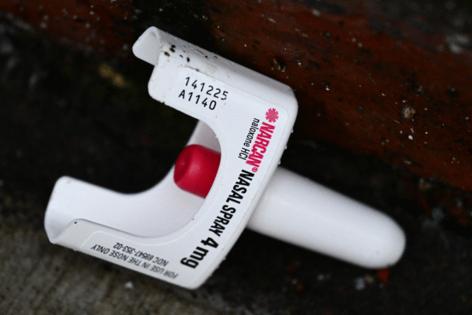


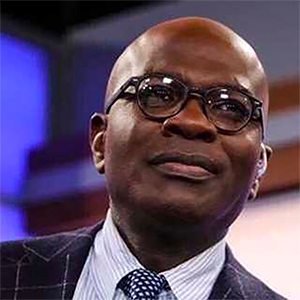



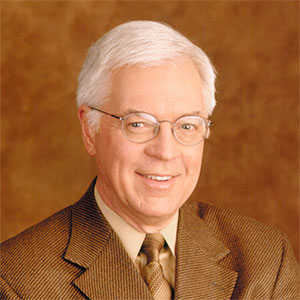
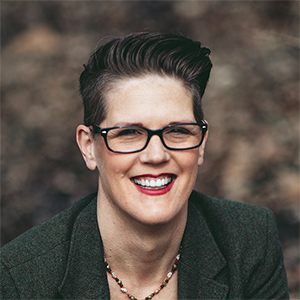








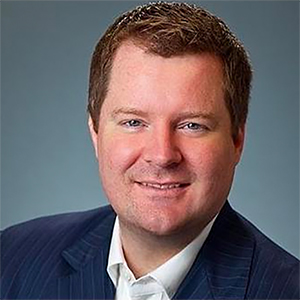
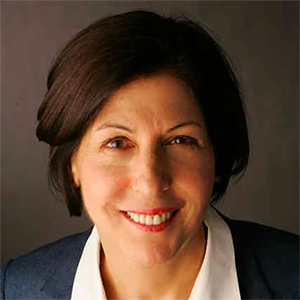




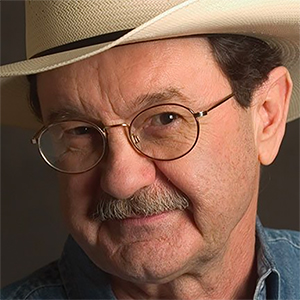

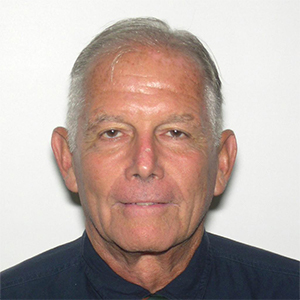
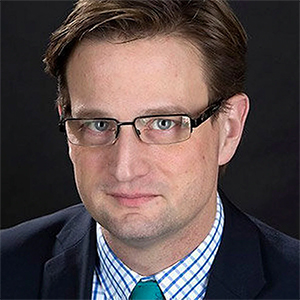
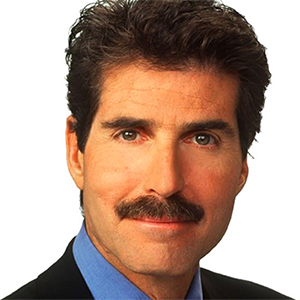
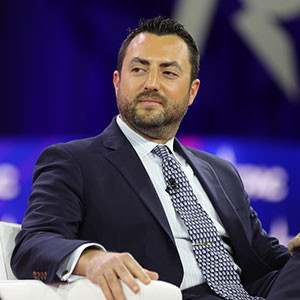
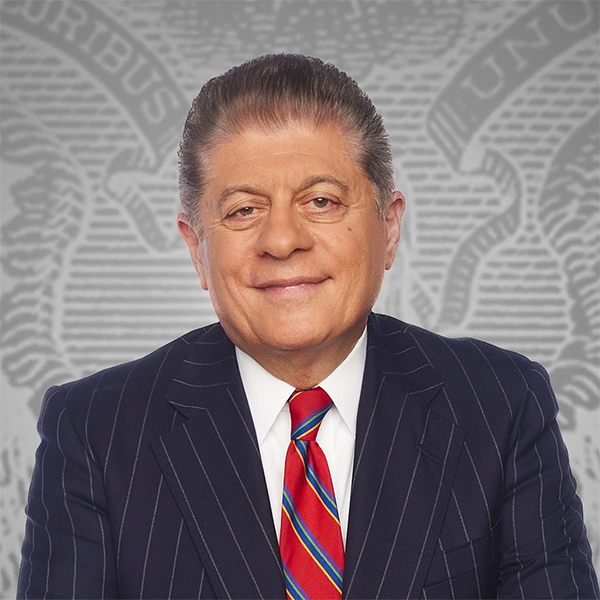



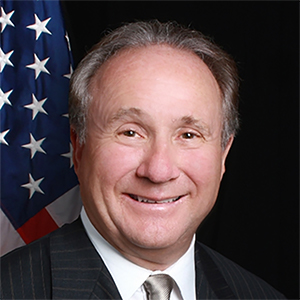





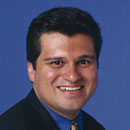







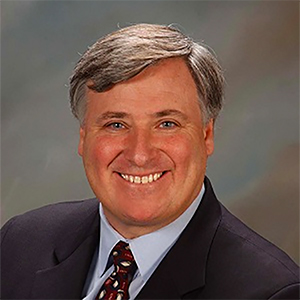











Comments